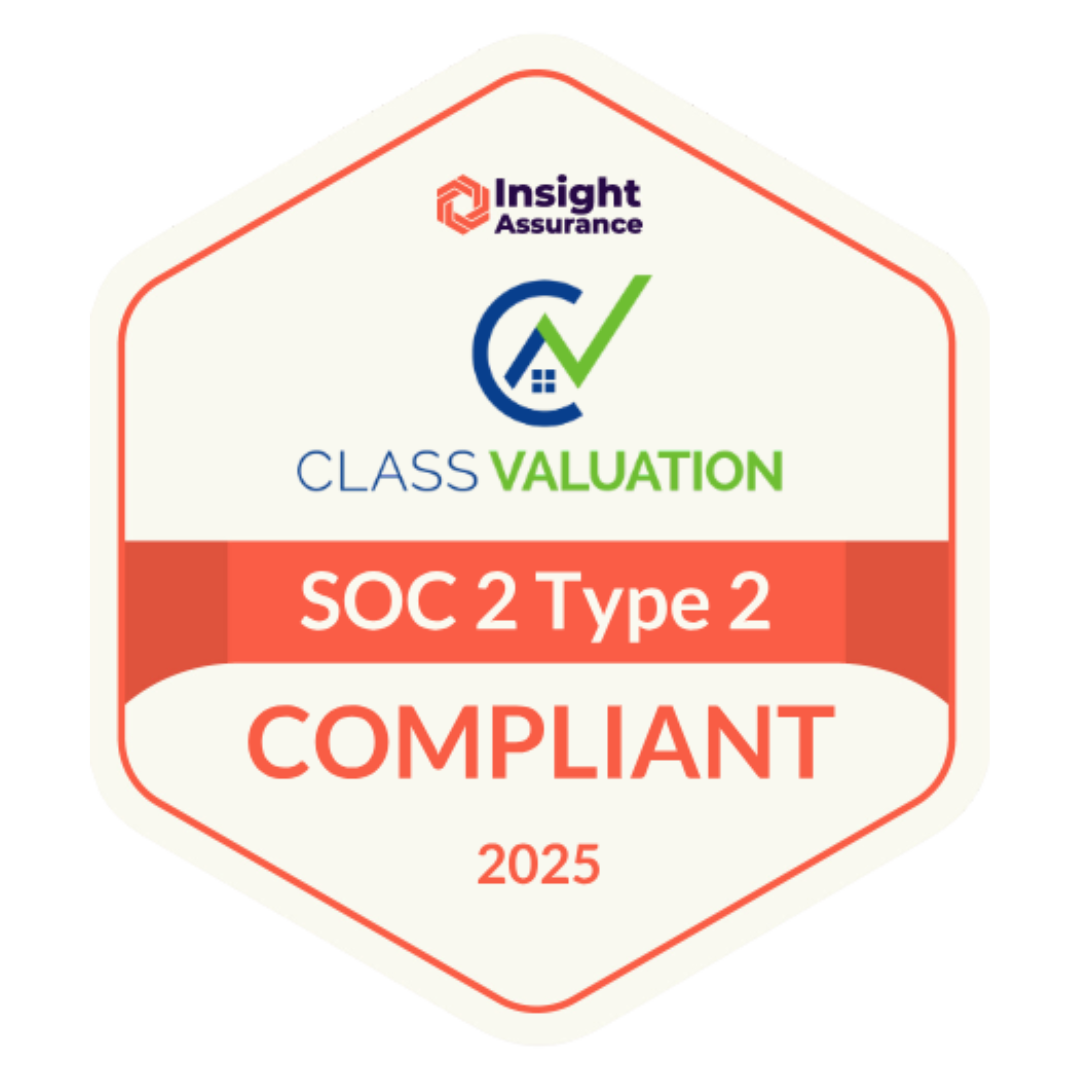Evaluating property values for home equity loans and home equity lines of credit (HELOCs) is paramount as it helps lenders confidently determine the loan amount. As the financial landscape continues to evolve, balancing costs, time, and risk mitigation in origination is more important than ever.
To give perspective on the current home equity landscape, let’s take a look at the data. According to Black Knight’s November Mortgage Monitor report, rising home prices have brought mortgage-holder equity to within 2% of last year’s record highs in Q3 at $16.4 trillion. Over $10 trillion of that amount is available for homeowners to borrow against while keeping a 20% equity stake in their homes.
With mortgage rates still soaring and housing inventory at a standstill, savvy lenders are turning their attention to home equity products to make up for dwindling refi and purchase volume. And with over $16 trillion in tappable equity, it’s an area ripe with opportunities.
With that in mind, we'll delve into modern appraisal valuations, the associated risks of streamlined models, and strategies to balance cost-effectiveness with risk management associated with home equity loans and HELOCs.
Home Equity Valuation Efficiencies
In the realm of home equity loans and HELOCs, determining the accurate value of a property is a critical step. While the allure of cost-saving, tech-driven methods is undeniable, lenders must tread cautiously.
The key lies in understanding the nuances of each method, being aware of potential pitfalls, and adopting a blended approach that capitalizes on the best of both technology and human judgment. In today's digital age, several tools and methodologies have emerged to make property assessments more efficient:
- Automated Valuation Models (AVMs): AVMs use mathematical modeling to value properties by analyzing transaction records, tax assessments, and other data points. They offer quick results and can be more cost-effective than traditional appraisals.
- Desktop Appraisals: Rather than physically visiting a property, appraisers use online data and satellite imagery to determine its value. This reduces the time and expense of an onsite evaluation.
- Hybrid Appraisals: Combining elements of AVMs and traditional methods, hybrid appraisals may employ a third party for the physical inspection while the primary appraiser analyzes the data and provides the final valuation.
Risks of Streamlined Valuation Models
While modern techniques are often quicker and more cost-efficient, they are not without their challenges:
- Accuracy Concerns: AVMs and other automated tools might not always account for the unique attributes or conditions of a property. Such oversights can lead to inaccurate valuations.
- Lack of Human Touch: If performed without the best-available technology, desktop and hybrid appraisals may miss nuances that only a seasoned appraiser might recognize during an in-person visit.
- Data Dependency: These models heavily rely on the quality and accuracy of the data they use. Any errors or outdated information can skew results.
Balancing Costs, Time, and Risk Mitigation
The importance of harmonizing the three pillars—costs of origination, time to originate, and risk mitigation—cannot be stressed enough when qualifying someone for a HELOC. Here's how lenders can strike this balance:
- Diversify Valuation Methods: Depending on the loan amount, property type, or borrower's profile, lenders might consider varying their valuation approach. For example, a higher-risk loan might warrant a traditional, in-person appraisal, whereas a lower-risk scenario could be suited for an AVM.
- Regularly Update and Vet Data: Ensure that the data feeding into automated tools is frequently updated and comes from reputable sources. This can enhance the accuracy of valuations.
- Maintain a Blend of Tech and Touch: While technology offers speed and cost savings, the human touch remains invaluable. Lenders might consider combining tech-driven valuations with periodic manual reviews or validations.
- Implement Quality Control: Regularly audit and review valuation results, irrespective of the method used. This helps in identifying any systematic issues or biases that might emerge.
- Educate Borrowers: Ensure that borrowers understand the valuation process. Transparency can build trust and manage expectations, especially if a borrower feels their property is undervalued.
Changing the Game for Home Equity Property Value Assessments
A leader in the property valuation space for nearly 15 years, Class Valuation has established itself as the gold standard for property valuation tools. Utilizing cutting-edge technology to verify data to guarantee exceptionally precise results, Class Valuation has become the trusted partner for hundreds of thousands of real estate transactions every year.
As more borrowers look to tap into their home’s equity, the need for property assessment tools that correlate with the unique products available in today’s market has grown. In response to this need, Class Valuation has developed the most extensive solution for evaluating and safeguarding against collateral risks.
Known as the iCollateral Series, Class Valuation has created a tool that allows lenders to develop a customized valuation process that is based on individual lender rules, regulations, and risk appetite. With the iCollateral Home Equity Series, lenders can get the right valuation from the beginning of the transaction, saving time and money.
- iAVM – iAVM is Class’ Automated Valuation Model that leverages precision modeling technologies with the industry's highest-quality property information databases to determine a property's true value.
- iCap – iCap takes Class’tried-and-true AVM and couples it with its trusted network of property inspectors to deliver quick and thorough insight into your property. When the lender needs to ensure the condition and characteristics of the property alongside the AVM, the iCap product is perfect.
- iEval – The iEval gives lenders a detailed picture of the property with client-specific rules to determine the reliability of the AVM results. By identifying external factors that can impact the valuation model, iEval alleviates risk.
- iQuant – The iQuant is a limited-scope appraisal report. A comprehensive desktop appraisal is performed by an appraiser who knows the subject's market area using an interior or exterior property inspection report.
With a goal of providing customers with exceptional service and the most competitive pricing on the market, Class Valuation can create a mutually beneficial solution for all.
Contact Class Valuation today to learn more!


